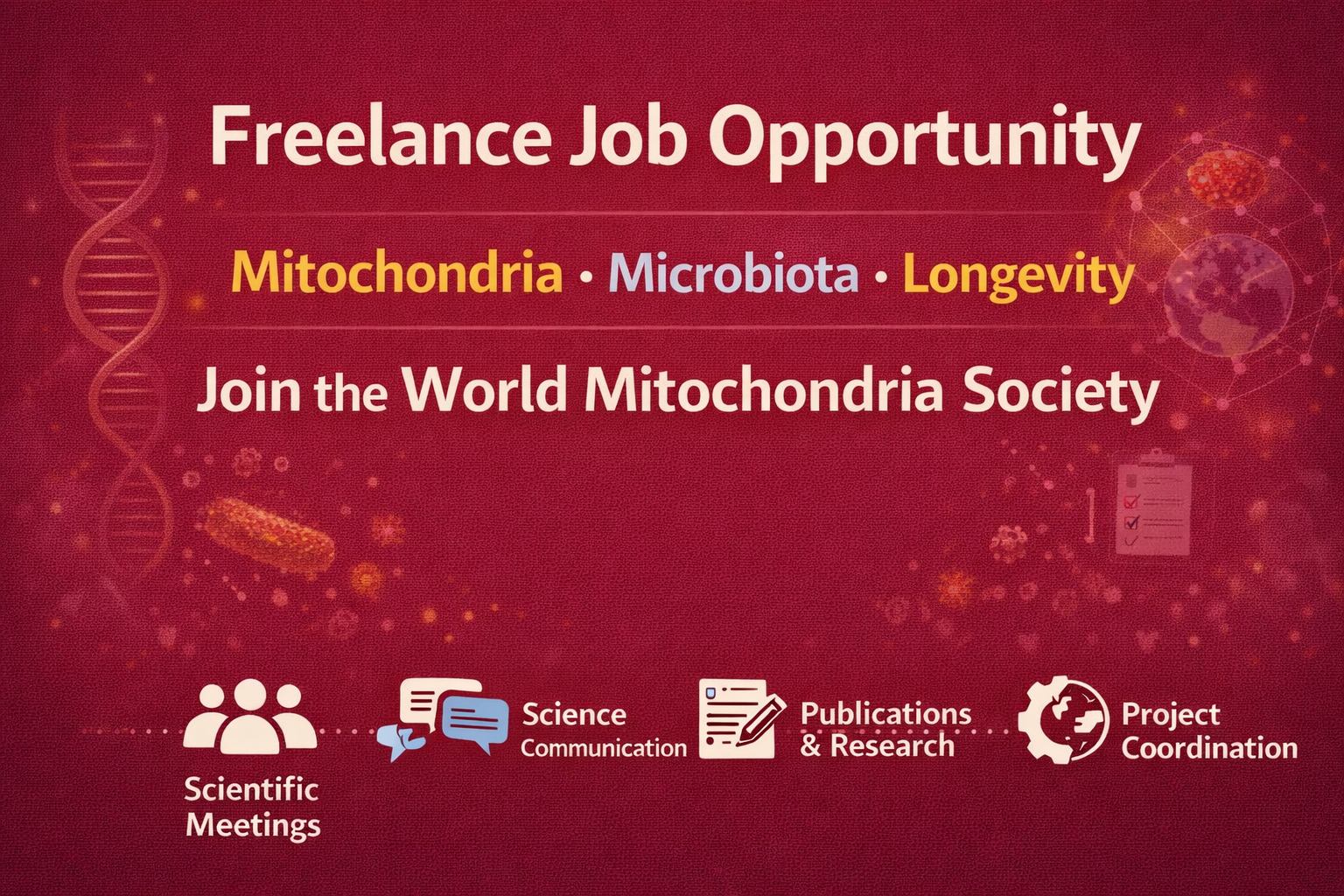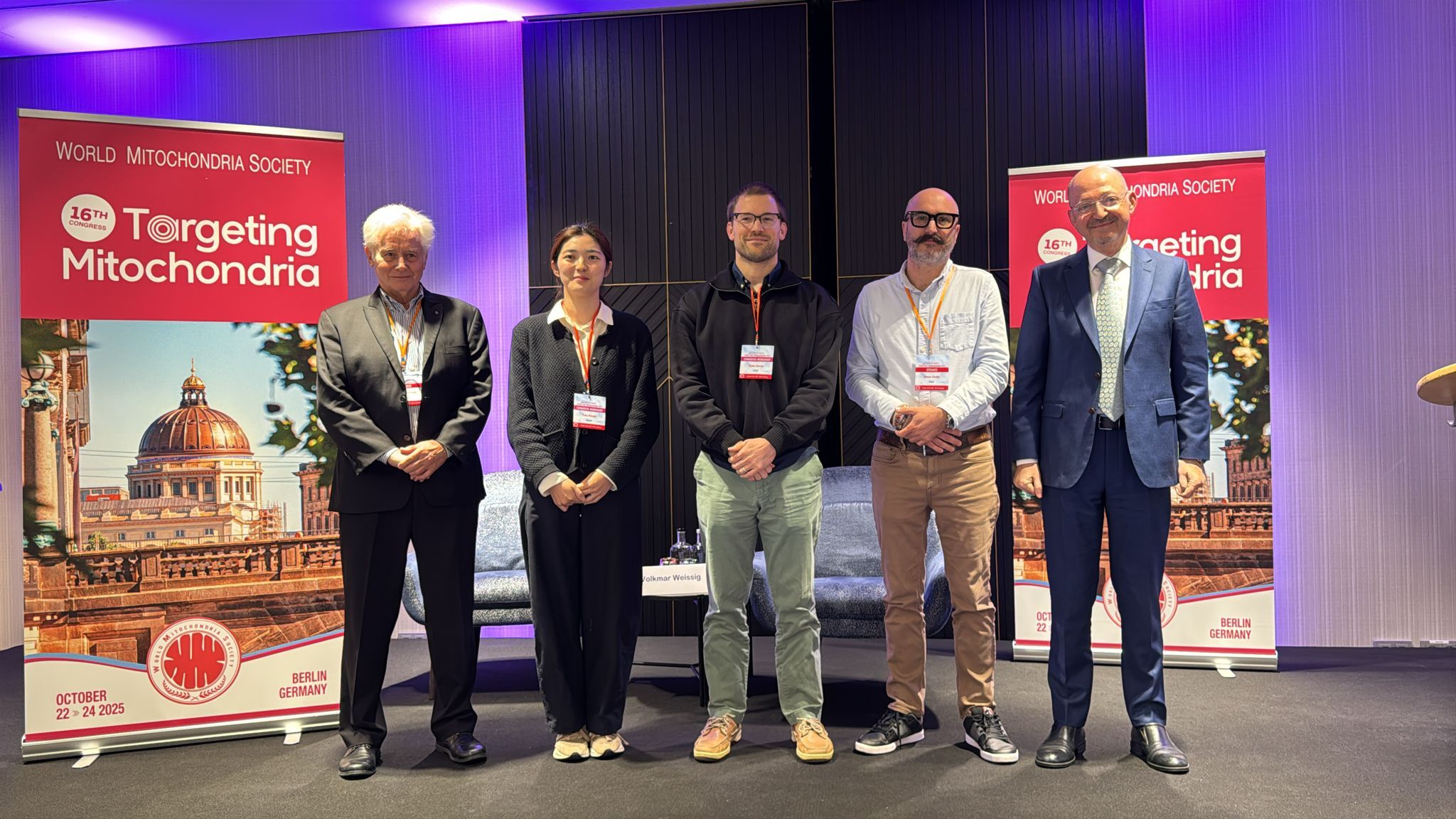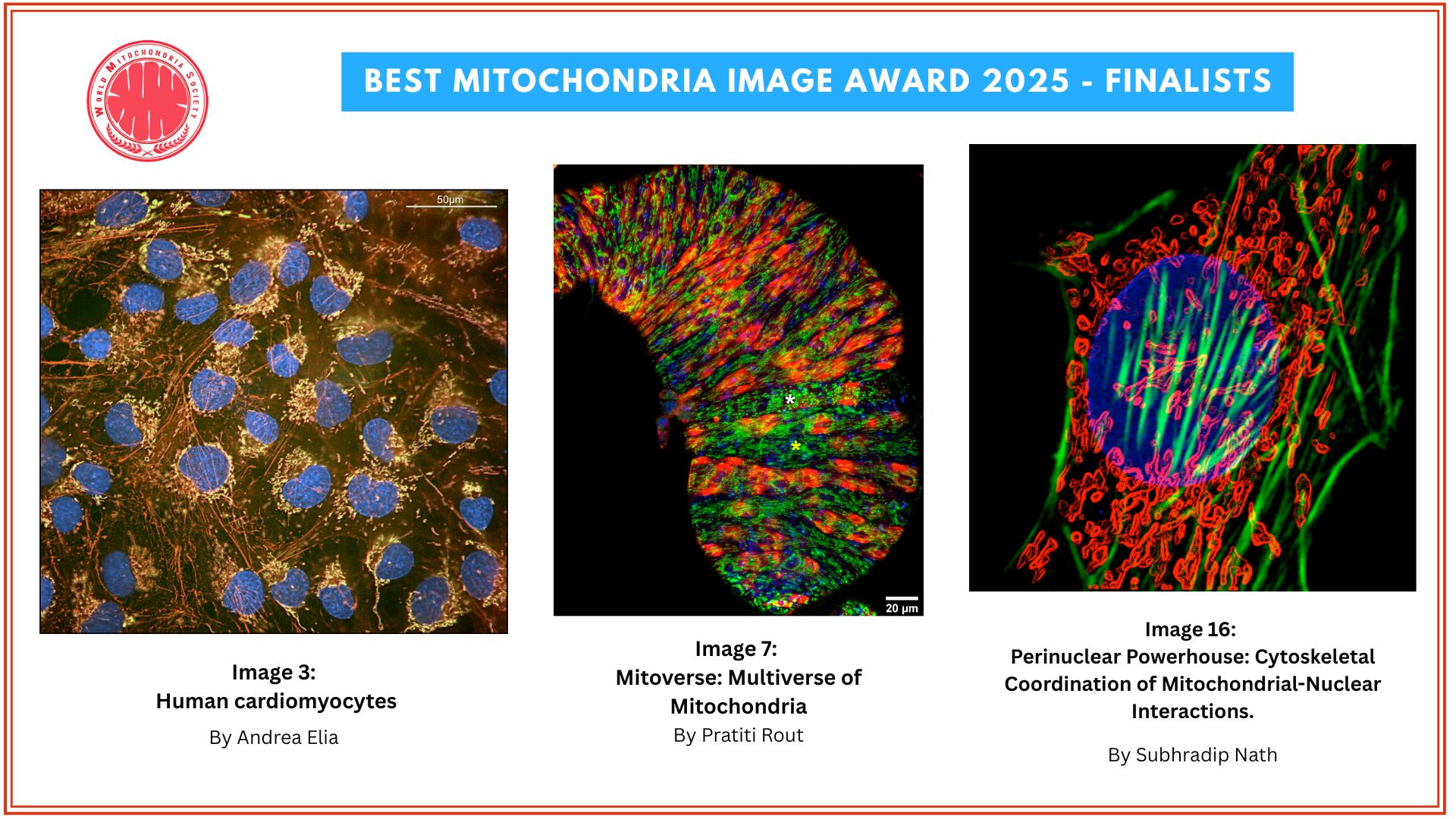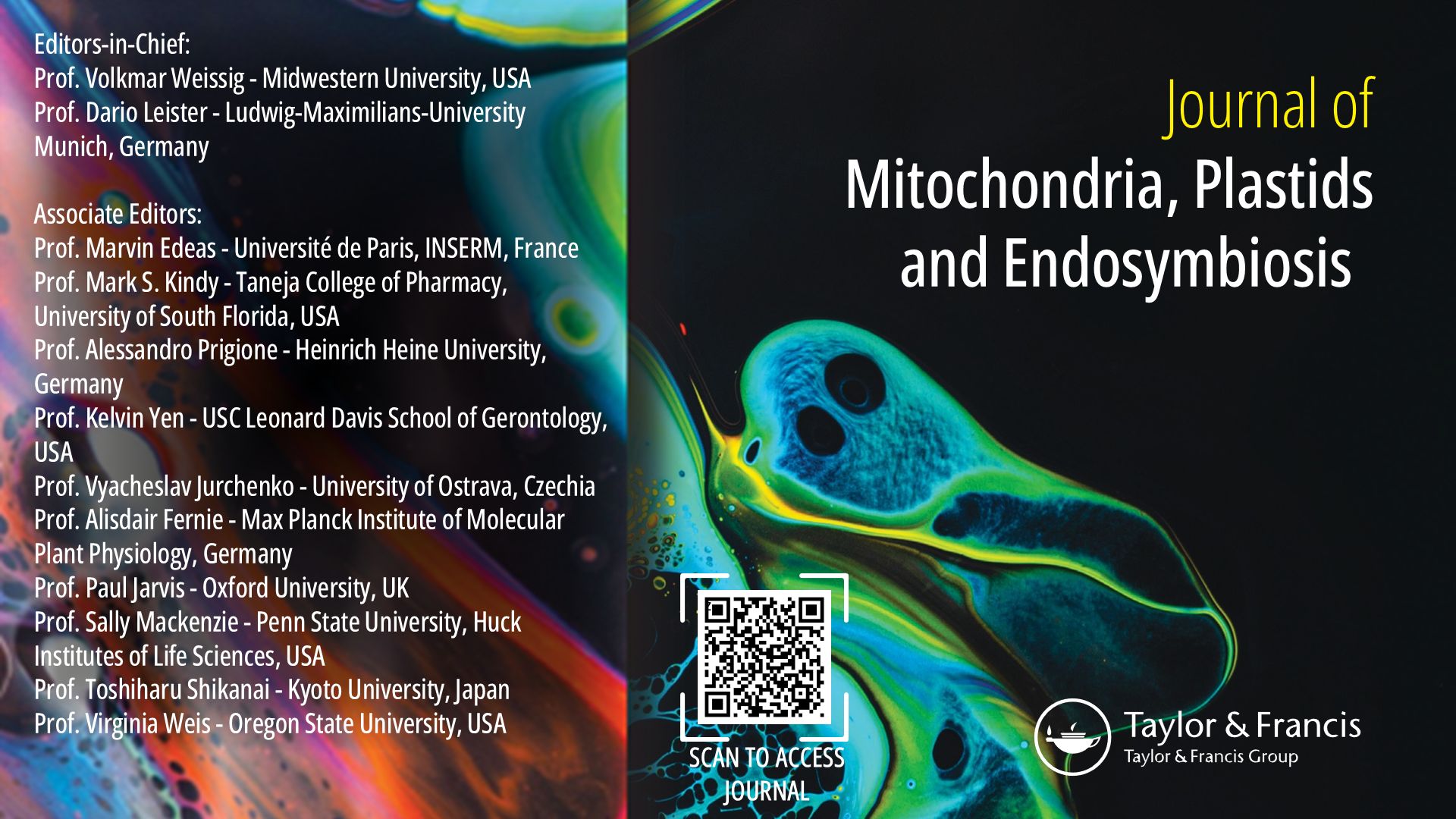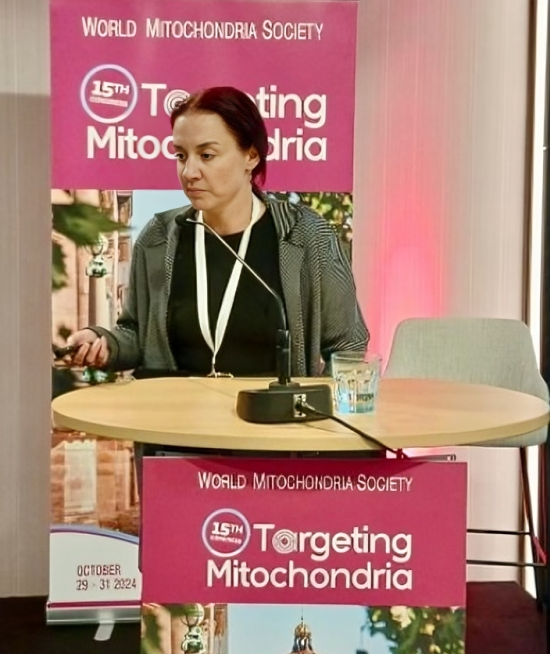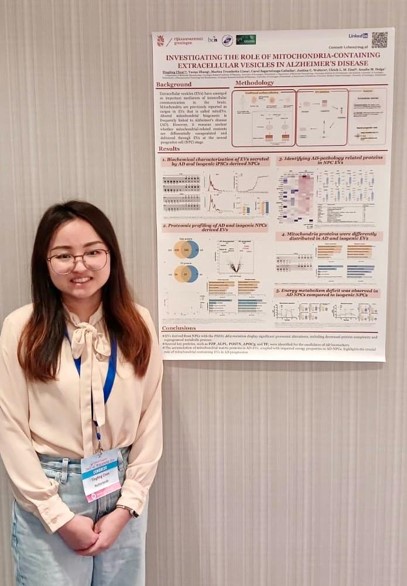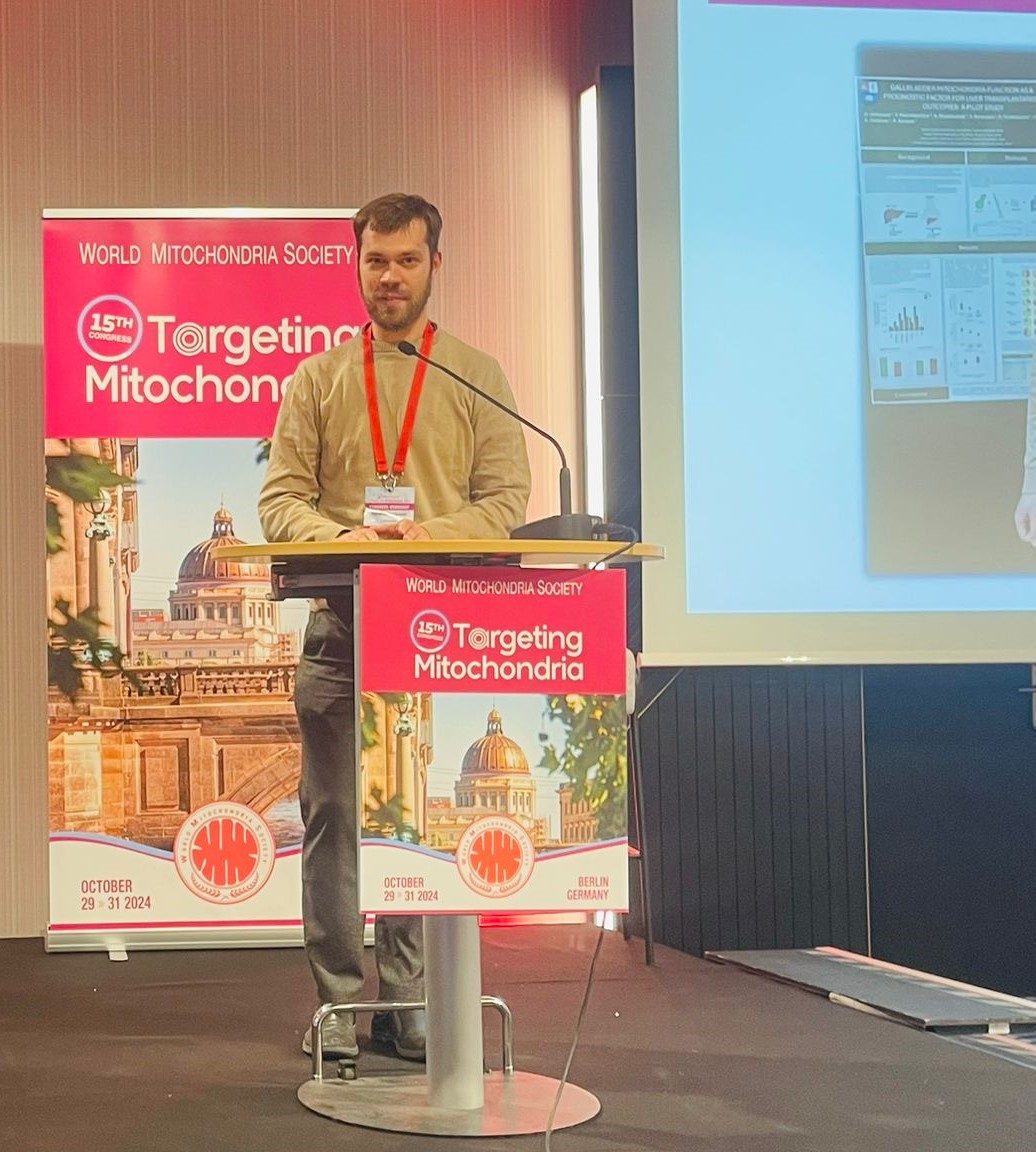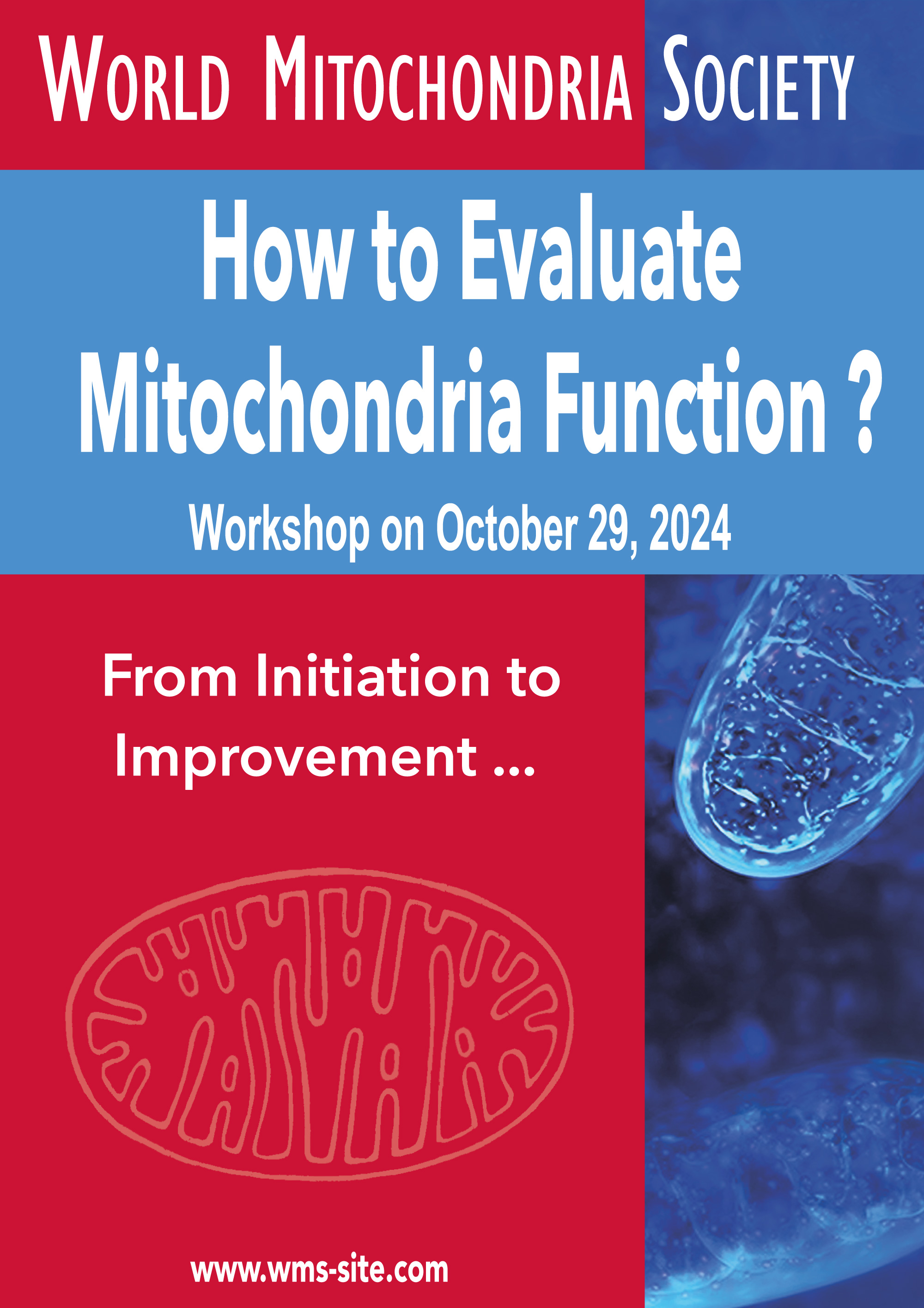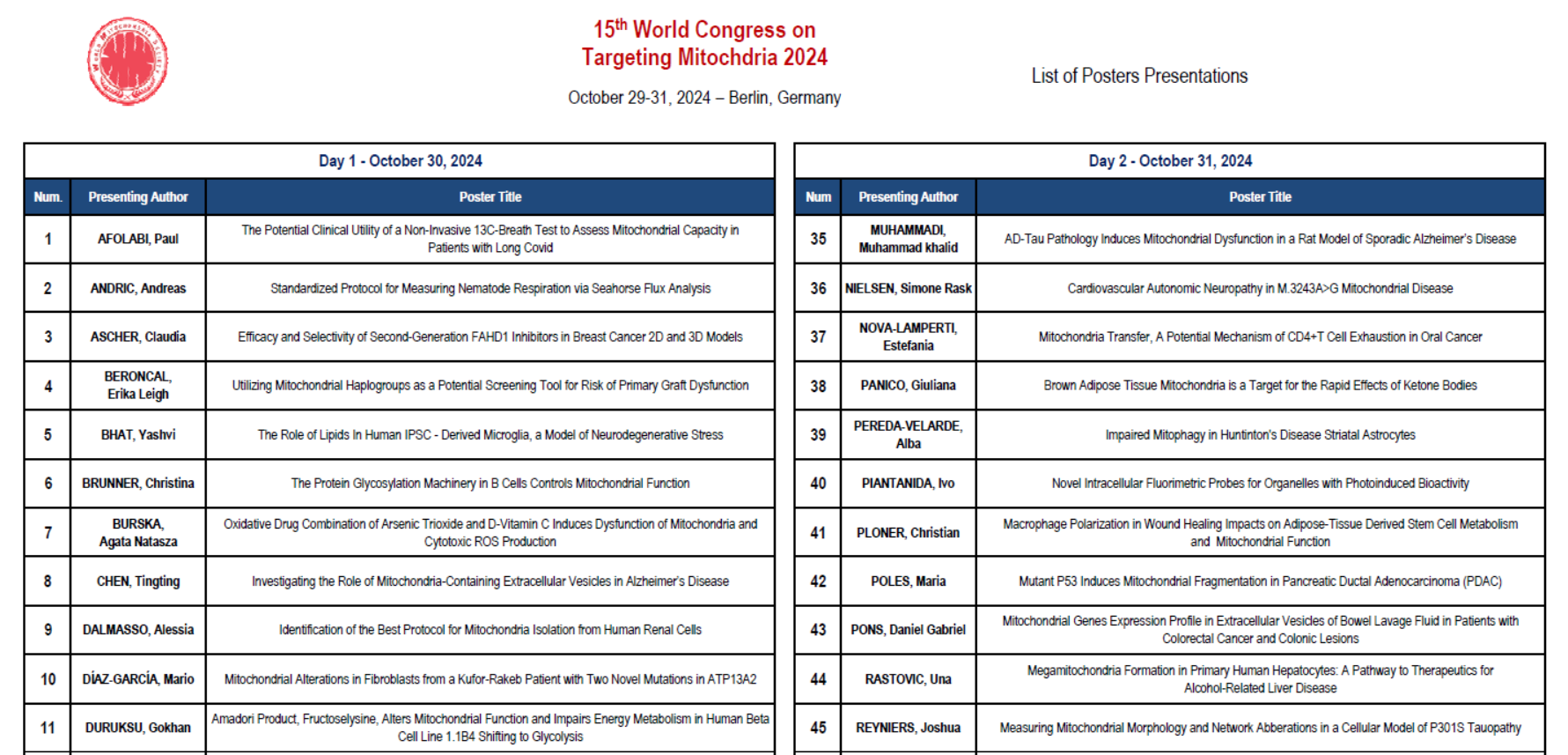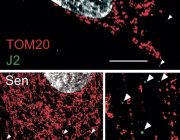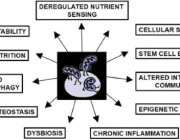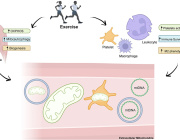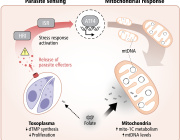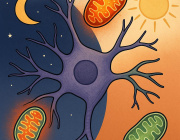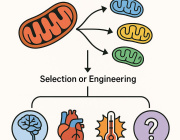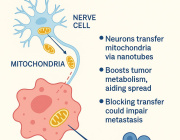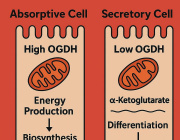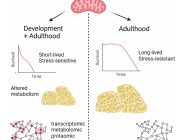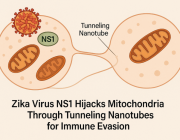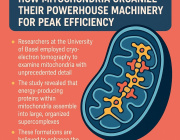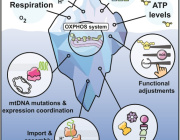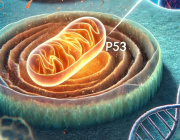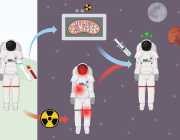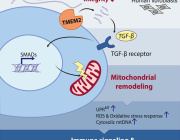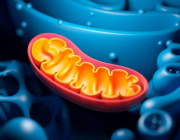Mitochondria As Microlenses: Strategic Role In Eyesight
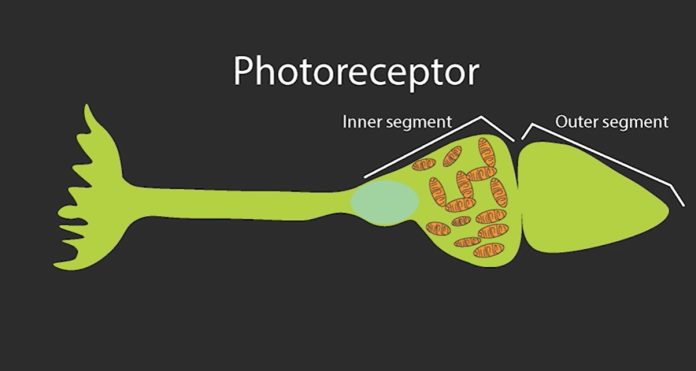
News Release, World Mitochondria Society, Berlin - Germany – March 7, 2022
A study by Researchers at the National Eye Institute (NEI) on ground squirrels shows a fascinating phenomenon that mitochondria appear to have a dual purpose: their well-established metabolic role producing energy, as well as this optical effect. This was revealed by their act as micro-lenses that redirect light to the tapering outer reaches of these cells where light is converted into electrical signals.
Once light reaches the retina, it must pass through several neural layers to reach the outer segment of photoreceptors, where light’s physical energy is converted into neural signals through a process called phototransduction. Between the inner and outer segment of the cone photoreceptors lie a dense bundle of mitochondria that light must traverse to be transduced. Although it might appear these mitochondria pose an obstacle to the process of vision by either scattering or absorbing light, the current study shows they serve a unique function to facilitate vision.
Those bundles of mitochondria would seem to work against the process of vision either by scattering light or absorbing it. So, Li’s team set out to investigate their purpose by studying cone photoreceptors from the 13-lined ground squirrel.
Using a modified confocal microscope to observe the optical properties of living cone mitochondria exposed to light, the researchers observed that instead of scattering light, the tightly packed mitochondria concentrated light along a pencil-like trajectory onto the light-sensitive outer segment. High-resolution mitochondrial reconstructions corroborated the live-imaging findings. In addition, the authors show remodeling mitochondrial architecture affects this concentration of light.
In this study, Li found that the lens-like effect of mitochondria followed a similar directional light intensity profile. That is, depending on light source location, the mitochondria focused light into the outer segment of the cell along trajectories that mirrored those observed from the Stiles-Crawford effect.
The study also sheds new light on how our eyes may have evolved. Within the photoreceptors of birds and reptiles, tiny oil droplets at the junction of the inner and outer segments that may play an optical role are reminiscent of the lipid-rich mitochondria of cones in the current study on ground squirrels. Moreover, the mitochondrial “microlens” in mammalian cone photoreceptors is functionally like the biological effect achieved by the compound eye in insects.
“This insight conceptually bridges compound eyes in arthropods with the camera eyes of vertebrates, two independently evolved image-forming systems, demonstrating the power of convergent evolution,” Li said.
More interesting studies on the hidden functions of mitochondria will be introduced in Targeting Mitochondria 2022.
Read more about the micro-lense function of mitochondria.
Media contact:
World Mitochondria Society
This email address is being protected from spambots. You need JavaScript enabled to view it.
+33-1-5504-7755
Targeting Mitochondria 2022 Congress
October 26-28, 2022 - Berlin, Germany
wms-site.com








